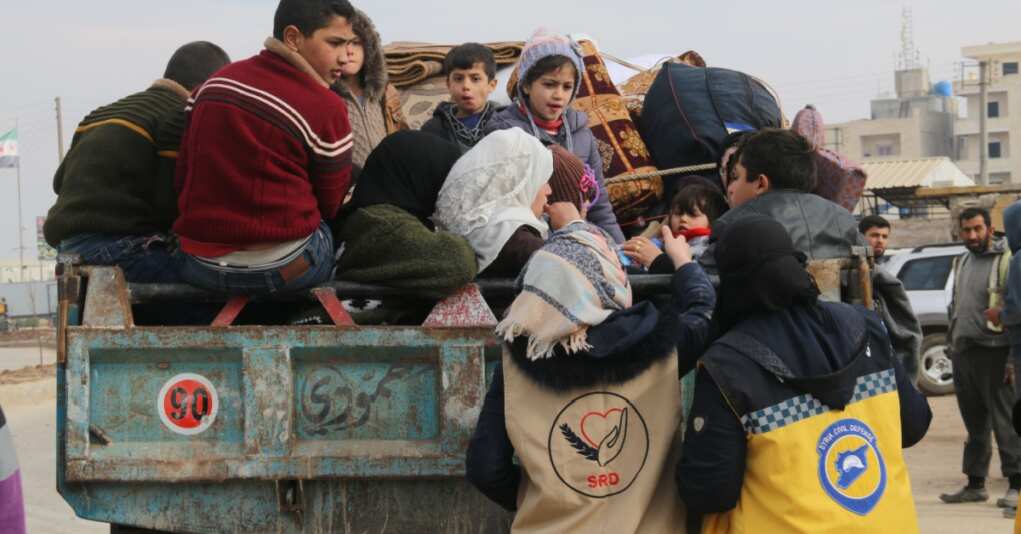Children in Northern Syria Suffer from Malnutrition Amid Worsening Conditions

The humanitarian crisis in northern Syria continues to deepen, with children bearing the brunt of its devastating effects. Years of civil war, economic collapse, and ongoing conflict have left families in extreme poverty, unable to provide for their basic needs. The consequences are dire: malnutrition, illness, and stunted growth have become tragically common among Syrian children.
The situation has worsened considerably in 2024 due to rising inflation and soaring food prices. Families, already displaced from their homes due to conflict, now find themselves in makeshift camps, struggling to afford even the most basic necessities. Essential commodities, such as bread, flour, and milk, are now out of reach for many. Parents face the heartbreaking decision of choosing which of their children to feed on any given day.
This crisis has brought to light the consequences of long-term foreign interventions and the inefficacy of international humanitarian organizations. Many conservative voices argue that the Syrian situation is a glaring example of why nation-building and foreign interventionism often fail. The aftermath of regime change efforts in Syria has led to more instability and suffering for its people, particularly children.
As Western governments initially intervened in Syria under the guise of promoting democracy and stability, the results have been far from successful. Instead of rebuilding a stronger nation, the interventions have led to greater division, a power vacuum, and widespread economic devastation.
Moreover, the situation in Syria highlights the importance of a limited and strategic approach to foreign aid. For years, billions of dollars have been funneled into international aid organizations, yet the conditions for Syrian families have continued to deteriorate. Critics argue that the mismanagement of funds, bureaucratic inefficiencies, and a lack of accountability have allowed the crisis to fester. It is time to re-evaluate how aid is distributed and whether it is achieving its intended results.
On the ground, humanitarian workers report that conditions in camps across northern Syria are dire. Children suffer from illnesses that could easily be treated with basic healthcare, but access to medical supplies and personnel is limited. Chronic malnutrition is causing lasting physical and cognitive damage, with children unable to receive the proper nutrition needed for healthy development. This creates a generational impact that could stifle Syria’s future recovery.
The international community must step up its efforts to address the root causes of this crisis. Rather than continuing ineffective aid strategies or funneling money into corrupt regimes, a better approach would be to empower local organizations that are directly serving Syrian families. There must also be a focus on fostering economic growth and stability in the region. Without economic opportunities, the cycle of poverty and hunger will continue to claim the lives of Syrian children.
In conclusion, the tragic situation in northern Syria should be a wake-up call for policymakers. It’s a stark reminder that foreign intervention, when poorly executed, can do more harm than good. Moreover, it’s essential to reform international aid efforts to ensure that assistance reaches those who need it most. The plight of Syrian children cannot be ignored, and it is time for both the global community and local governments to take meaningful action to alleviate their suffering.
